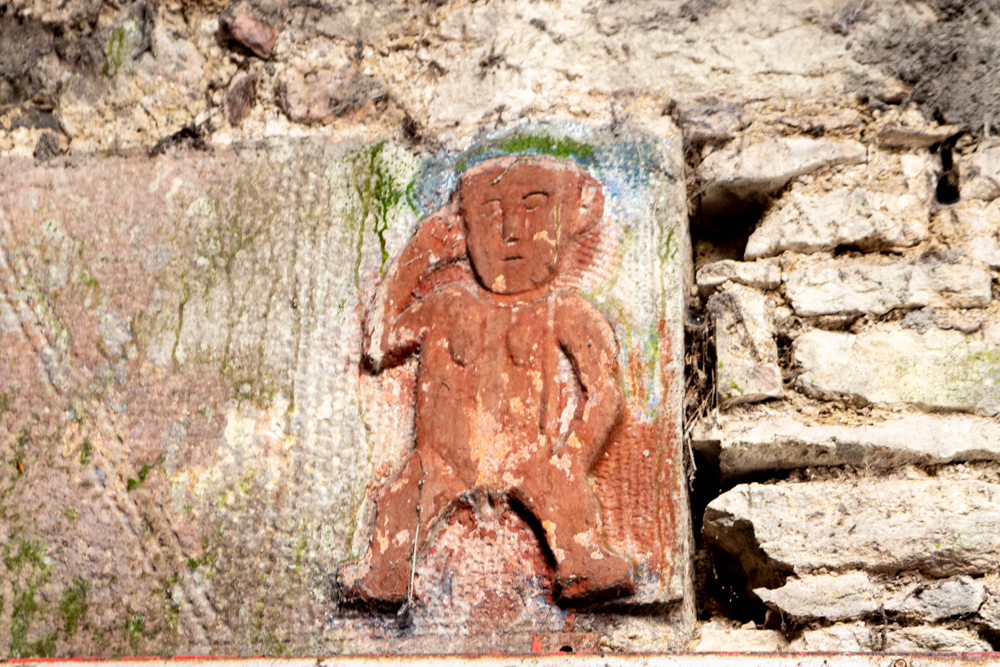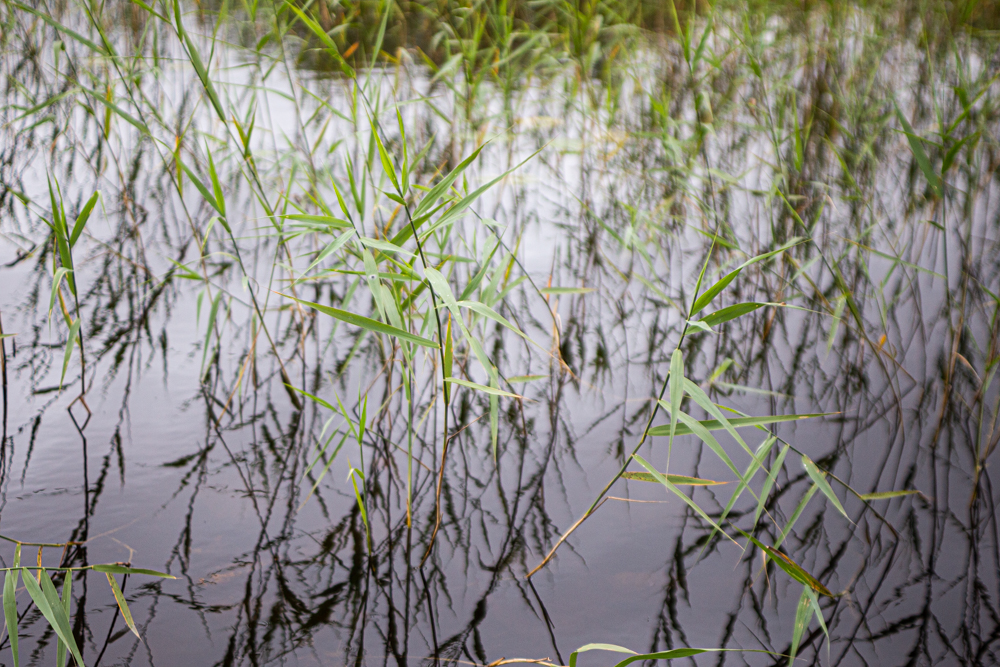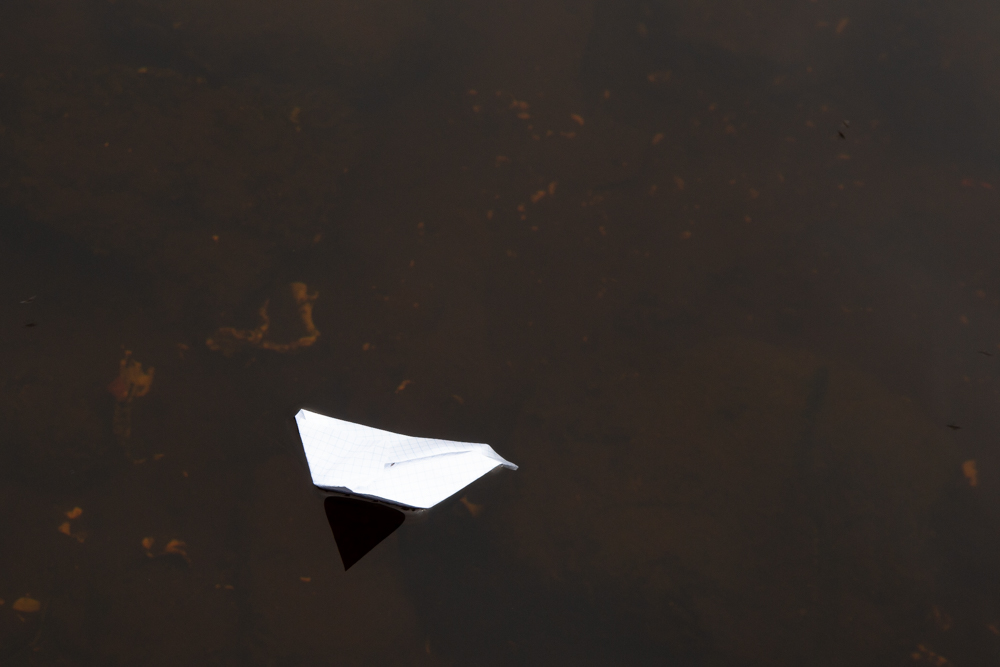Day Four: In search of Sheela
In keeping with the Irish ability to marry the sacred and profane, the Sheela (variant spellings Síle, Sheila, Sheelagh) were often located in churches of the 12th-16th centuries, carved into the stone walls. Some of them look wild with pleasure, others are lower key, many of them are unmistakably ugly. As we are to discover, some are now so weathered as to be unrecognisable. Many of the Sheela-na-gigs on our map (Jack Roberts, 2009) are listed as ‘missing’. Prudish Victorians did a pretty good job of removing or defacing them. Only in the latter 20th century was there any attempt to preserve them, in situ or in museums, but according to Roberts there have been few serious studies of them and their meaning remains a mystery. Still there is a higher concentration of them on the island of Ireland than anywhere else in Europe. Except in the North West for some reason. So our Sheela route was also our road home.
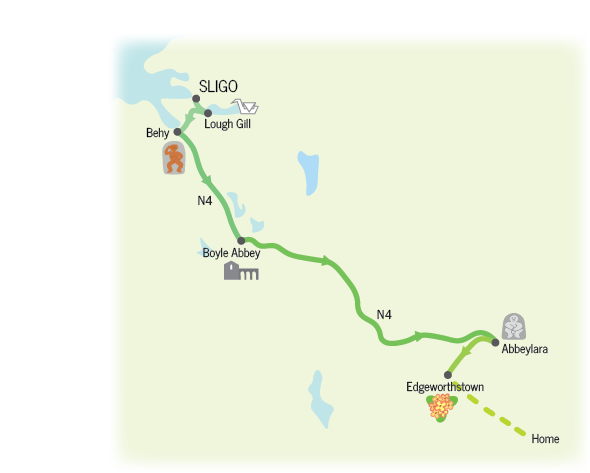
But before we said goodbye to Sligo, we made a quick trip to Lough Gill. Gill (soft G) was not named after the lough, but her Mammy’s surname was Gill (hard G). And no, her name is not Gill Gill. Mammy died in November 2017 and it felt fitting to visit the lough that bore her name in her memory. We found a quiet jetty near where the river Garavogue flows from the lough and fashioned a not very accomplished paper swan as an offering to its hag. The wind took it before we could set it sail, and it landed unceremoniously in the water, but the tribute was made. A family of actual swans passed us and (we assume) approved. We had a quick-nic by the still water, surrounded by the Ballygawley Hills – the home of the Cailleach a Bheara.
Behy – The first Sheela involved many false turns off the N4 before we found the place. Ireland’s Sheela na Gigs website provides a contact number as this Sheela is on private land and the owners have requested that visitors phone ahead. Which we had, but didn’t get an answer until we were already headed down the road. Don’t be like us, ring ahead with plenty of notice and make an appointment. Don’t be tempted to just go for a wander yourself. The Sheela is located on a working farm, guarded (fittingly) by a brown bull and in an outbuilding that is inaccessible without the owner.
Thankfully, Clara was very accommodating and happy to show us her Sheela. She claimed to enjoy having visitors coming from around the world to see it and once had dreams of opening a visitor centre. She wouldn’t accept money from us but given how well preserved the Sheela is, she is protecting a national treasure and surely should have some financial support for that role. Her theory is that it’s a fertility figure, as local married women would traditionally rub the Sheela on the crotch in the hope of being blessed with child. She herself hadn’t dared, as her mother in law had been ‘blessed’ with three sets of twins, and had just the one child.
The Behy Sheela is remarkably well preserved and covered in a rust-coloured paint – apart from where local women have rubbed it away at the crotch.
The figure may originally have been on a gable wall of Behy Castle, but an outbuilding was built against this which has protected the Sheela from the elements. It is remarkably well preserved and covered in a rust-coloured paint – apart from where local women have rubbed it away. It’s possible other Sheela were similarly painted but have been more weathered. Or it’s a once off. Either way, it was a privilege to see it.
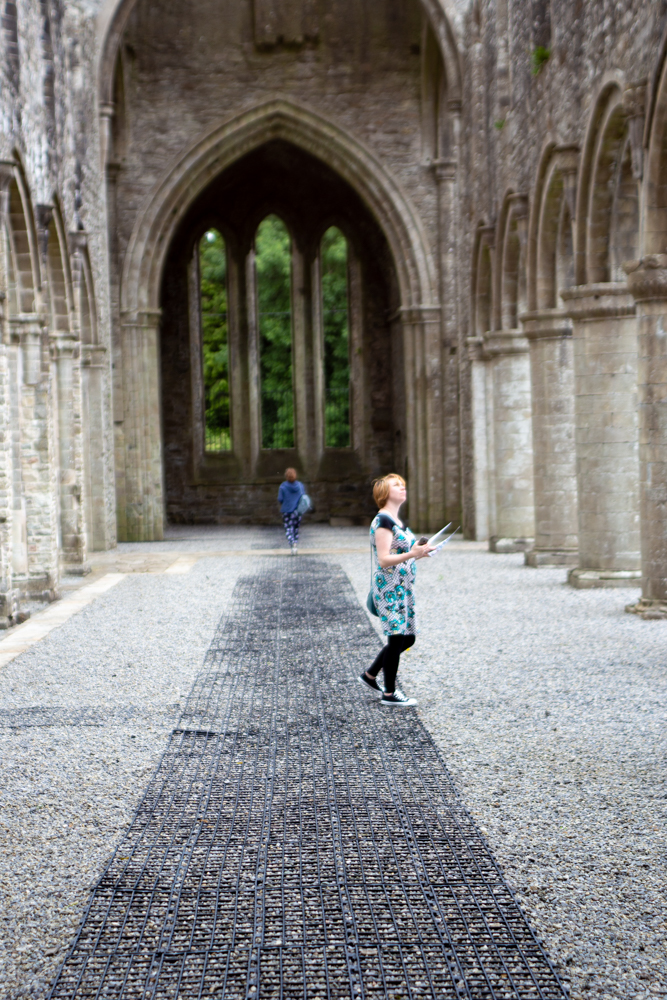
Boyle Abbey – our next stop is the least ‘whelming’ of the trip so far. The map says there are two possible Sheela, but our friendly guide, Eugene, says only one and even then it’s disputed. The more intact one is likely to be a Janus (two-faced) figure but we can see how it might be mistaken for a Sheela. The second is barely there but we can just about make out a head and a pair of arms. Perhaps we are seeing what we want to see. The evidence is slim and it’s quite high up so we can’t examine it any closer.
We also realise that for the first time this trip, we are exploring a ‘masculine’ space. The Abbey has a history of men, worshipping a male god, defining patriarchy – inhabited first by monks, then soldiers, then occupying rulers. Even the Sheela may be a (male) Janus. We feel less connected than we have on the other sites we’ve visited. According to node theory, it’s possible that the Abbey was built on an earlier, prehistoric site, but we’re just not feeling it.
We realise that for the first time this trip, we are exploring a ‘masculine’ space
Later, as we cross the Shannon at Carrick, we see a sculpture of a female figure and get excited that it could be the goddess Sionna, after whom the river is named. It’s a Saint Éidin.
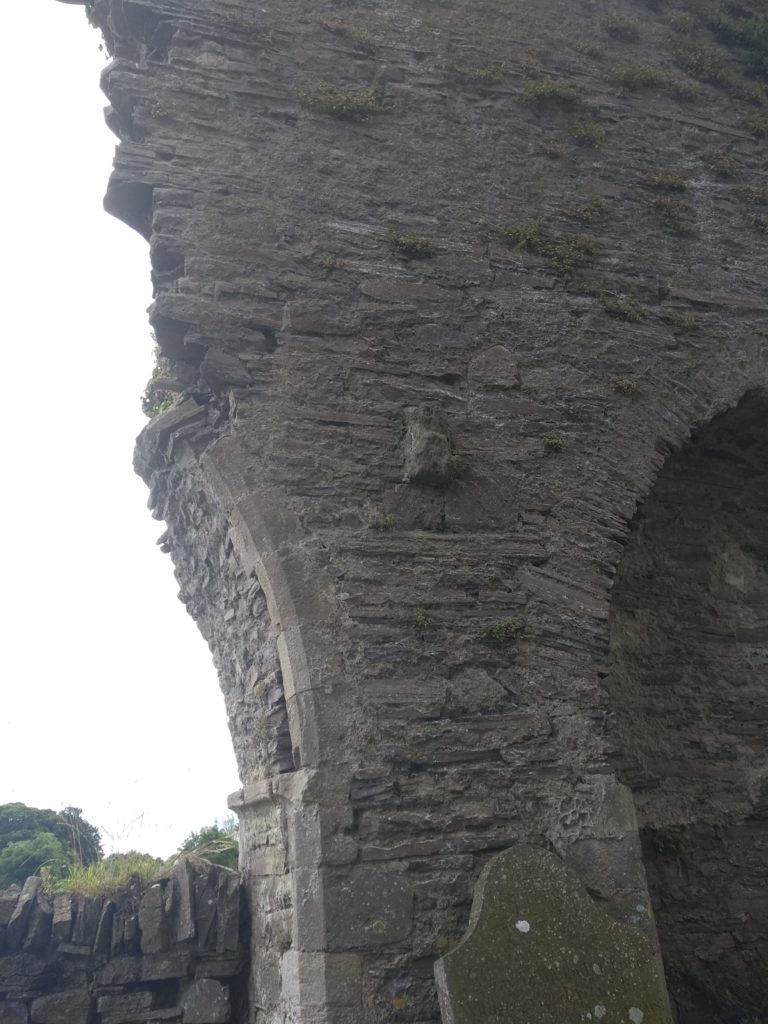
Abbeylara – this Sheela sits in the ruins of another abbey, high up on a tower wall and very weathered but recognisably a Sheela. Unfortunately, it’s guarded by a grim. The driveway of the house beside the gate to the abbey contained a ridiculously large black hound who raced to the wall and barked furiously at us, which was particularly terrifying as the driveway gate was open. We were a bit shook. The blog could have had a tragic ending if we’d been savaged by it. “And then they all died. The end.” The garden did contain a herd of geese though – a sign that our working title for the blog (Wild Gees) is the one.
Passing through Edgeworthstown on the way back, we see a poem of Maria’s on the wall of a supermarket.
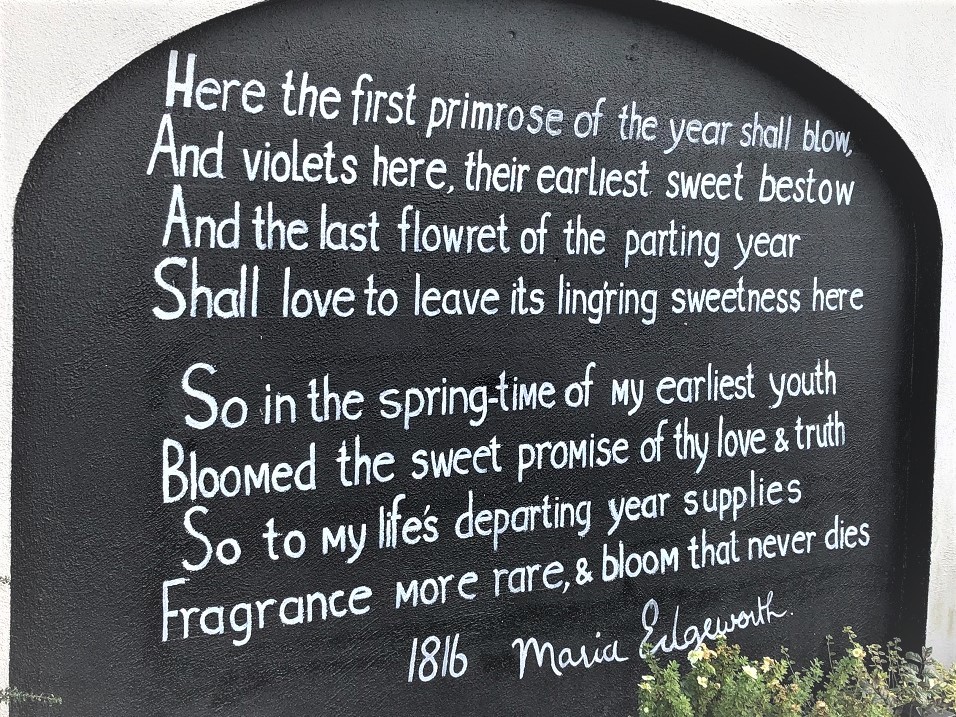
Laois – our final stop is Laois, home of Miriam, and also to a cluster of Sheela according to the map. Unfortunately, many of these are ‘missing’ – lost to reconstruction, puritans or trophy hunters. From what we can tell, the Sheela left in the wild are mostly of the weathered, hard to reach variety. The better preserved examples have been taken indoors to the safety of museums (where they may or may not be on display). So a Sheela road trip turns out to be more complicated than we had anticipated and we feel particularly grateful that we got to see the Behy one.
We finish the day with cider and web design, setting up our Wild Gees blog site and sharing tales of our trip with Miriam’s daughters. We’re already planning our next trip (pandemics permitting). There will be Sheela and goddesses and maybe an auld saint.
Bibliography
Ireland’s Sheela na Gigs (website)
Island of the Sheela-na-gigs, an illustrated guide. Jack Roberts (2018). Bandia Publishing and Design.
The Sheela-na-gigs of Ireland, an illustrated map and guide. Jack Roberts (2009). Bandia Publishing, Galway.
Sheela-na-gigs, Unravelling an Enigma. Barbara Freitag (2004). Routledge. Available as free e-book (pdf).

